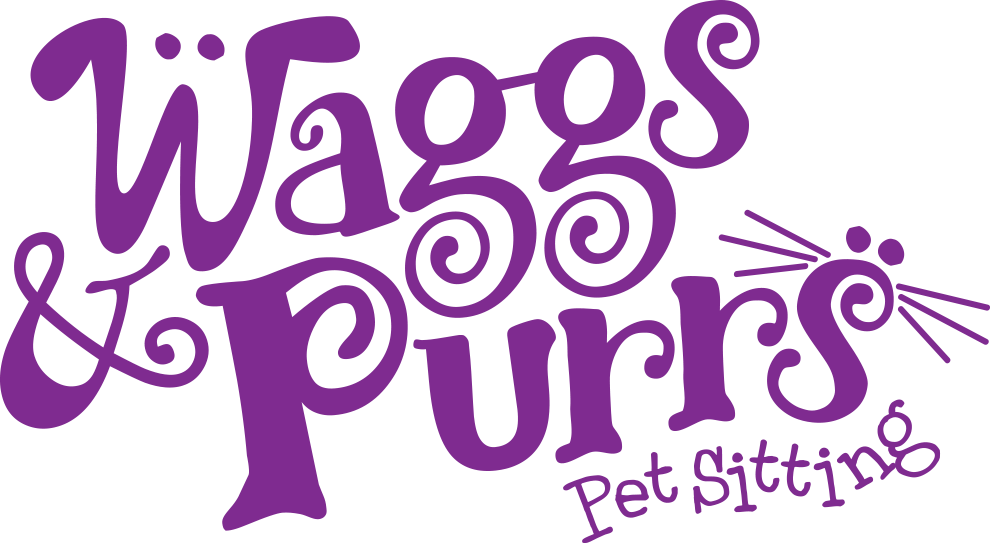Have you ever noticed a dog or cat that always seems to have a dirty face – a chin with black flecks? It’s called “puppy or kitty acne.” Plastic has long been suspected as the culprit of acne because it is a magnet for bacteria embedded in scratches of Fifi & Fido’s food dishes.
Plastic is porous and harbors germs, odors and dirt. It scratches and those little crevices cannot be completely or safely cleaned.
Bisphenol A (or BPA) is a chemical produced for the primary production of polycarbonate plastic. These plastics are easily identifiable with #7 on the bottom. Polycarbonate is strong and durable, but over time may break down from over use. When pet bowls are scratched and damaged, these chemicals or by-products leak into our pet’s food and water supply. According to the National Institute of health, long-term exposure to BPA can affect brain and behavior.
The pet industry is slow to add the safe recycling codes to pet plastic containers so concerned pet parents are left not knowing what plastic pet dish is safe and which is not. The easy answer: avoid plastic pet food bowls entirely.
The Safe Alternative
The best choices for providing food and water to our pets are glass, ceramic and stainless steel. All can be cleaned and deodorized with hot sudsy water. Pet food and water bowls should be cleaned daily. It’s best to have a few on hand so they can be swapped out between uses.

Travis PruittMan I like your post and it was so good and I am gonna save it. I Have to say the Superb analysis this atlcire has is trully remarkable.Who goes that extra mile these days? Bravo!! Just one more tip you canget a Translator Application for your Global Readers !
Great post. It’s really eye-opening to read all the thgnis plastics are used for we don’t even realize many of them. We manufacture plastic containers and crates, another useful product humans need. Thanks for sharing.